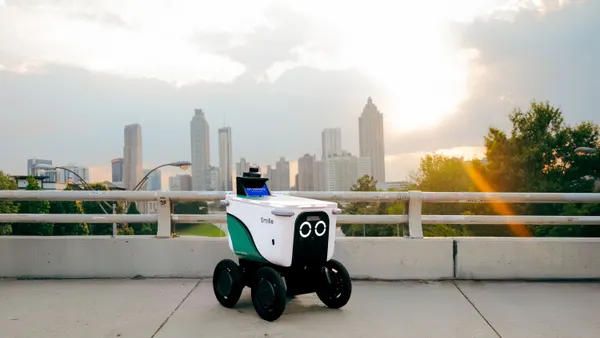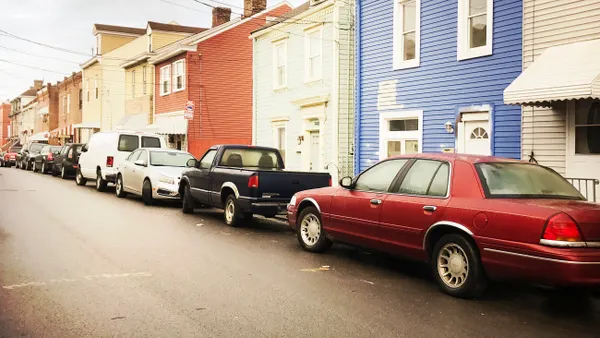Dive Brief:
- The National Science Foundation (NSF), in partnership with an industry consortium of 28 networking companies and associations as well as universities, announced it will deploy its first two Platforms for Advanced Research (PAWR) testbeds in New York City and Salt Lake City.
- The platforms will help to advance early-stage research on new technology, including the emerging 5G market. NSF officials said they have committed $50 million toward developing the platforms over the next seven years.
- "The platforms announced today will enable cutting-edge research in living laboratories across the country, which is a new and important milestone for advancing wireless capabilities," said Jim Kurose, head of the Computer and Information Science and Engineering directorate at NSF.
Dive Insight:
Both platforms have big ambitions and will cover a large area in their respective cities. In Salt Lake City, municipal and state officials have partnered with researchers at the University of Utah and Rice University on the testbed, which will cover 2.3 square miles of the former’s campus, 1.2 square miles of downtown Salt Lake City and a two-mile corridor in between. That area has a potential reach of 40,000 people, and NSF officials said it will allow "dynamic spectrum sharing and advanced wireless antenna technologies."
Its counterpart in New York City will bring together that city’s leadership as well as researchers from Rutgers University, Columbia University, New York University, Silicon Harlem, City College of New York, University of Arizona and IBM. The testbed will cover 1 square mile in West Harlem and will focus on wireless and cloud-based communications. Its location in what organizers called a "vibrant, densely-populated" neighborhood will allow a larger scale of experimentation.
These latest research platforms represent another step on the road to 5G capability in the United States, as more companies and government bodies look to research the possibilities. This announcement of two testbed cities comes just days after the British government announced it is seeking cities with populations around 500,000 to become a 5G infrastructure testbed. And this represents the federal government’s biggest move yet towards 5G, around a month after the U.S. House of Representatives approved a bill to identify 5G spectrum and around two weeks after the Federal Communications Commission voted to relax rules on the national approval process for deploying small cells, the hardware required to support 5G networks.
Up to this point, private companies like AT&T, Sprint and T-Mobile had been leading the way on testing the technology after President Trump’s administration floated a possible nationalized 5G network. But with the NSF’s funding clout behind them and the crucial buy-in from academic institutions and businesses, these testbeds should help maintain what many in government see as the United States’ leadership on this issue.











